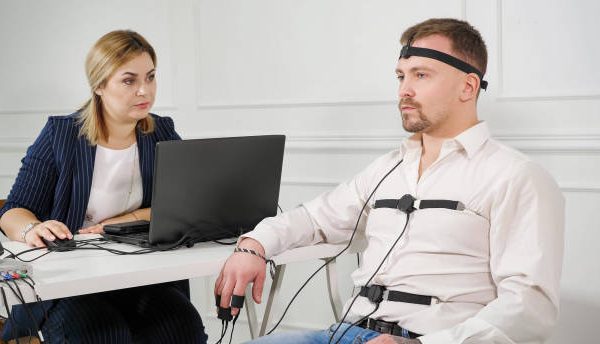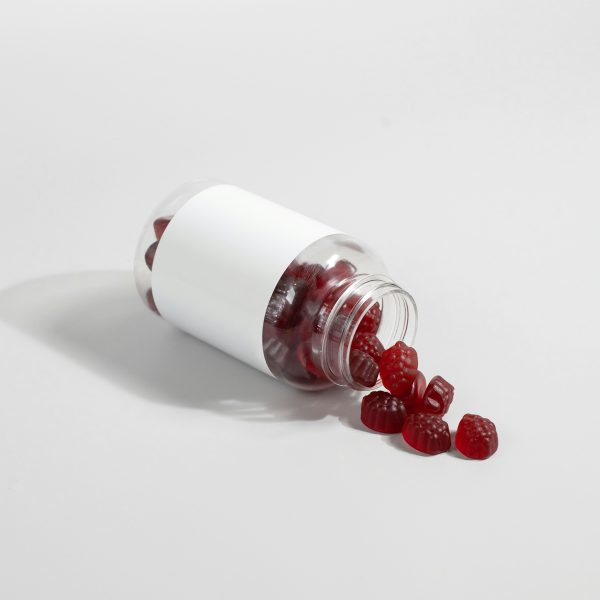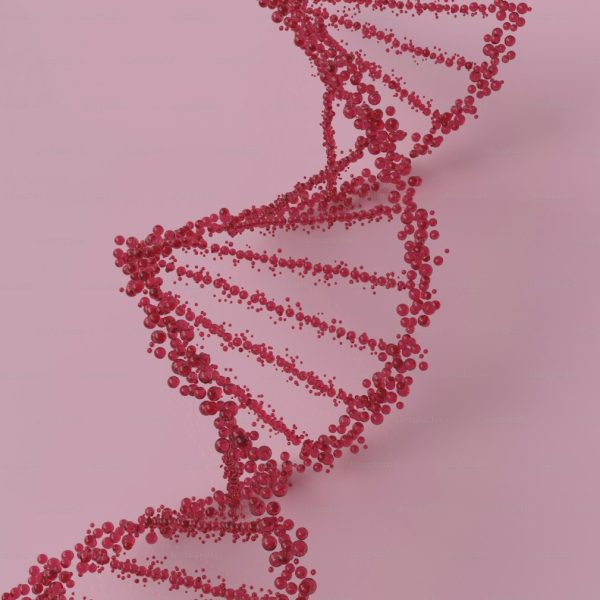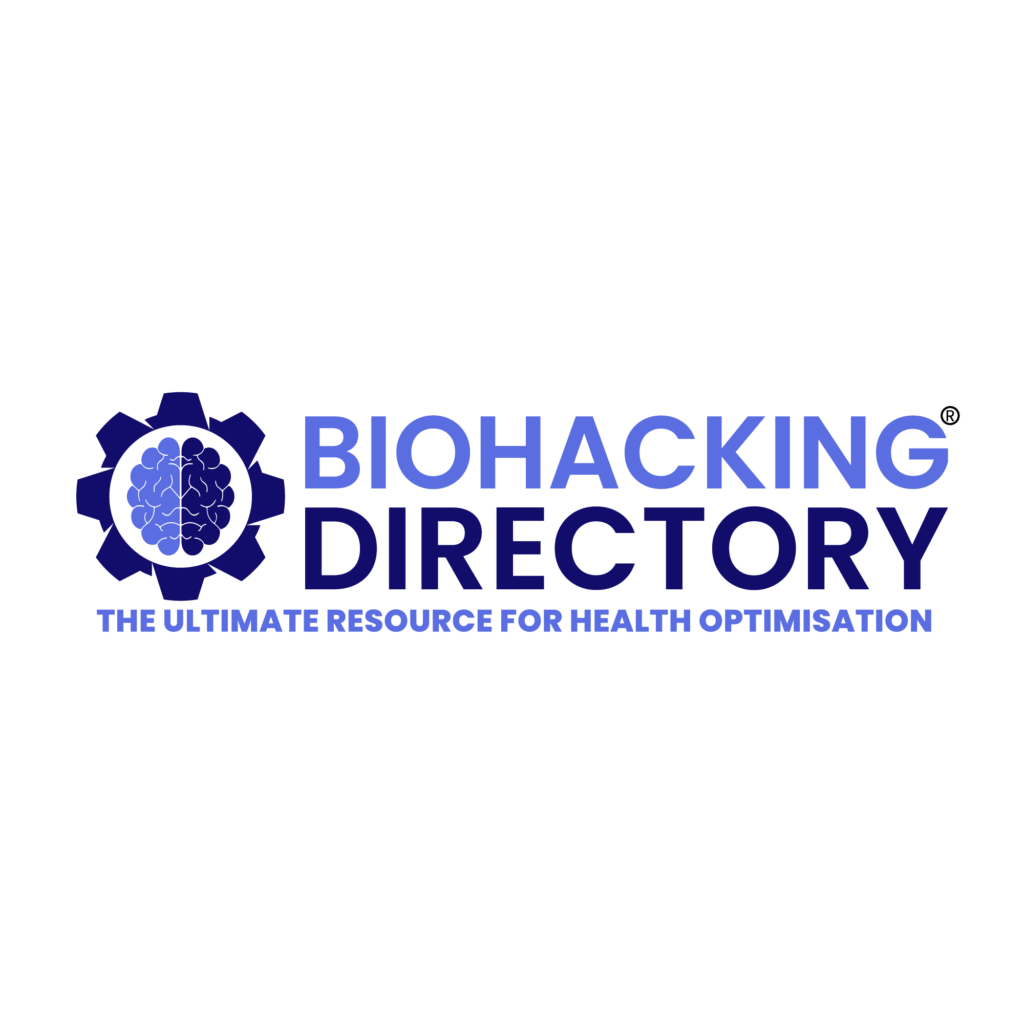Chronic pain can be an overwhelming challenge that many individuals face, and traditional pain management methods often only provide limited relief. Thankfully, biohacking devices have emerged as an innovative approach to combat this issue. These devices harness the power of technology and science to optimise the body’s healing capabilities, offering new hope for those suffering from long-term pain.
At Biohacking Directory, we believe in providing the best tools for health optimisation, and chronic pain management is no exception. Here’s how biohacking devices can help:
1. TENS (Transcutaneous Electrical Nerve Stimulation) Devices
TENS units use electrical impulses to stimulate the nerves and block pain signals from reaching the brain.
These devices help to reduce pain and increase blood flow to the affected areas, promoting healing.
Simple to use, these devices can be applied at home, providing a non-invasive way to manage pain.
2. Red Light Therapy
Red light therapy uses low-level lasers or LED lights to penetrate the skin and promote cellular repair.
It reduces inflammation and stimulates the body’s natural healing process, helping to manage chronic pain conditions like arthritis or muscle strain.
Regular use has been shown to improve tissue regeneration, reduce stiffness, and improve mobility in painful areas.
3. Cryotherapy (Cold Therapy)
Cryotherapy involves exposing the body or specific body parts to cold temperatures to reduce inflammation and numb pain.
Devices like ice baths or localized cryotherapy can target pain points, providing quick relief from chronic pain.
The cold reduces swelling and promotes the release of endorphins, which help in pain management.
4. Electromagnetic Field (PEMF) Therapy
PEMF therapy uses electromagnetic pulses to improve circulation and stimulate cell repair.
This biohacking tool is particularly effective for conditions like chronic joint pain or fibromyalgia, where deep tissue healing is needed.
PEMF helps to reduce inflammation, promote the flow of oxygen, and accelerate tissue recovery.
5. Infrared Heating Pads
Infrared heat therapy helps to penetrate deep into the tissues, offering pain relief and reducing muscle stiffness.
It increases blood flow and oxygenation to injured areas, aiding in quicker recovery.
These devices are perfect for targeting pain in muscles, joints, and the back.
6. Biofeedback Devices
Biofeedback devices allow you to monitor your body’s physiological responses, such as heart rate, muscle tension, and skin temperature.
With the help of this data, you can learn to control your body’s response to pain, reducing stress and tension that may contribute to chronic pain.
Biofeedback devices offer a holistic approach to pain management, focusing on the mind-body connection.
7. Vibration Therapy
Vibration therapy devices use vibrations to stimulate muscles and bones, promoting circulation and reducing pain.
Regular use can enhance muscle recovery, increase strength, and help in managing pain from conditions like sciatica or fibromyalgia.
These devices are often portable and easy to use, offering a simple solution for those dealing with chronic pain.
8. Light and Sound Therapy
Some biohacking devices use light and sound frequencies to reduce pain and promote healing.
By using specific wavelengths, these devices stimulate the body’s natural healing processes, encouraging recovery and pain reduction.
Sound frequencies can help reduce muscle tension, while light therapies aid in inflammation reduction.
Conclusion:
Biohacking devices offer a modern, scientifically backed approach to managing chronic pain. By leveraging the latest technology and harnessing the body’s natural healing abilities, these devices provide effective, non-invasive solutions for pain relief. Whether it’s through TENS, red light therapy, or cryotherapy, biohacking has opened new possibilities for those seeking relief from persistent pain.
References:
- TENS Therapy and its Effects on Chronic Pain – https://www.ncbi.nlm.nih.gov/pmc/articles/PMC3181261/
- Red Light Therapy for Pain Relief – https://www.ncbi.nlm.nih.gov/pmc/articles/PMC6264226/
- Cryotherapy and Pain Management – https://www.ncbi.nlm.nih.gov/pmc/articles/PMC3733064/
- PEMF Therapy Benefits – https://www.ncbi.nlm.nih.gov/pmc/articles/PMC5889392/
- Infrared Therapy for Pain Management – https://www.ncbi.nlm.nih.gov/pmc/articles/PMC5992119/
- Biofeedback and Pain Relief – https://www.ncbi.nlm.nih.gov/pmc/articles/PMC4002296/
- Vibration Therapy for Pain – https://www.ncbi.nlm.nih.gov/pmc/articles/PMC4078794/







